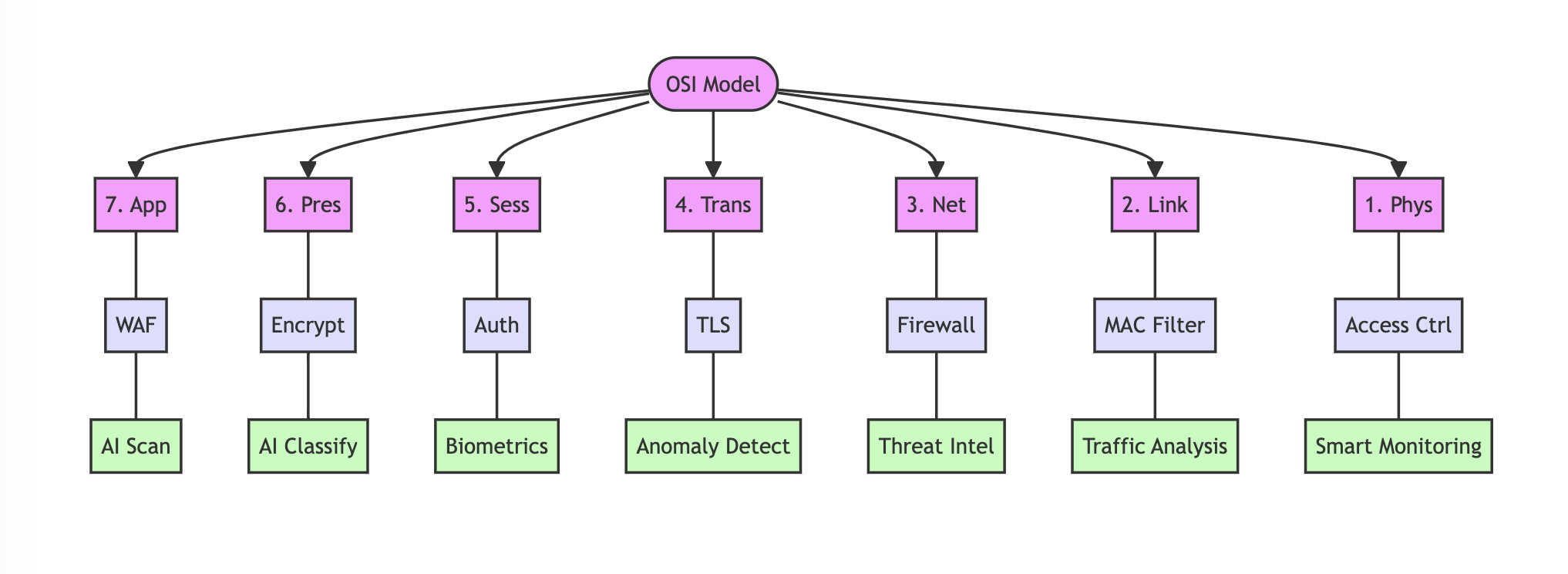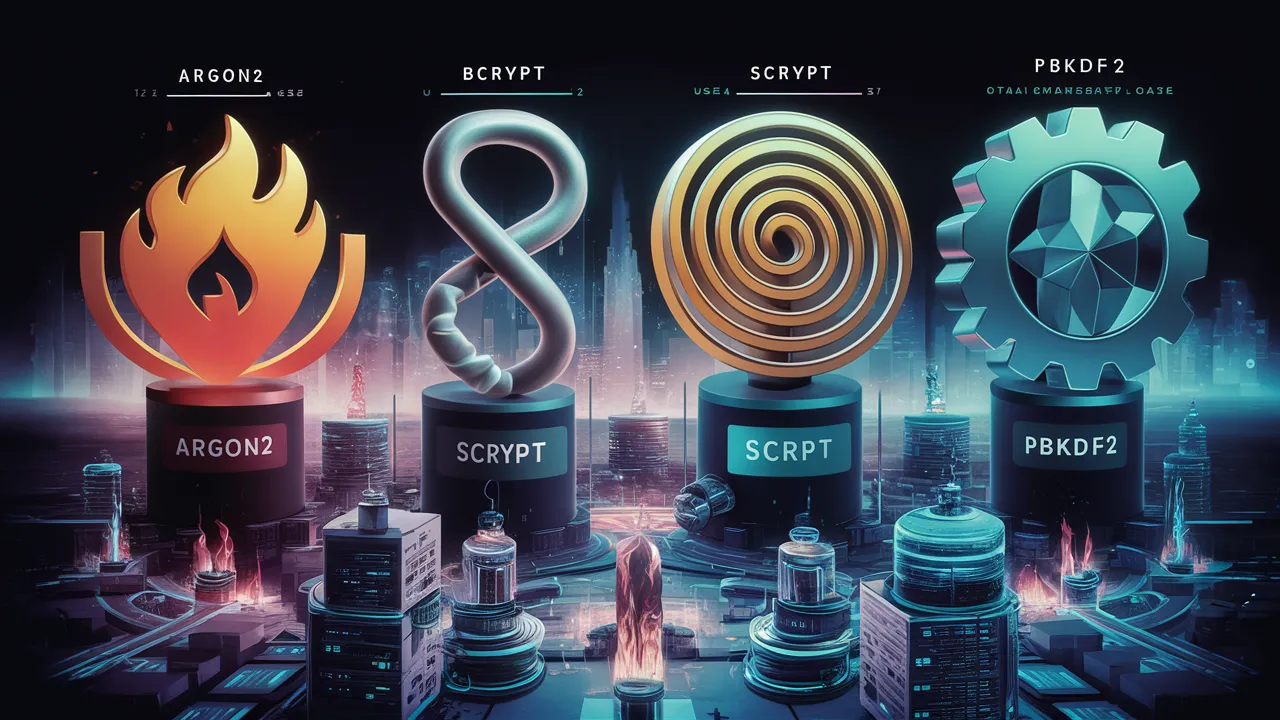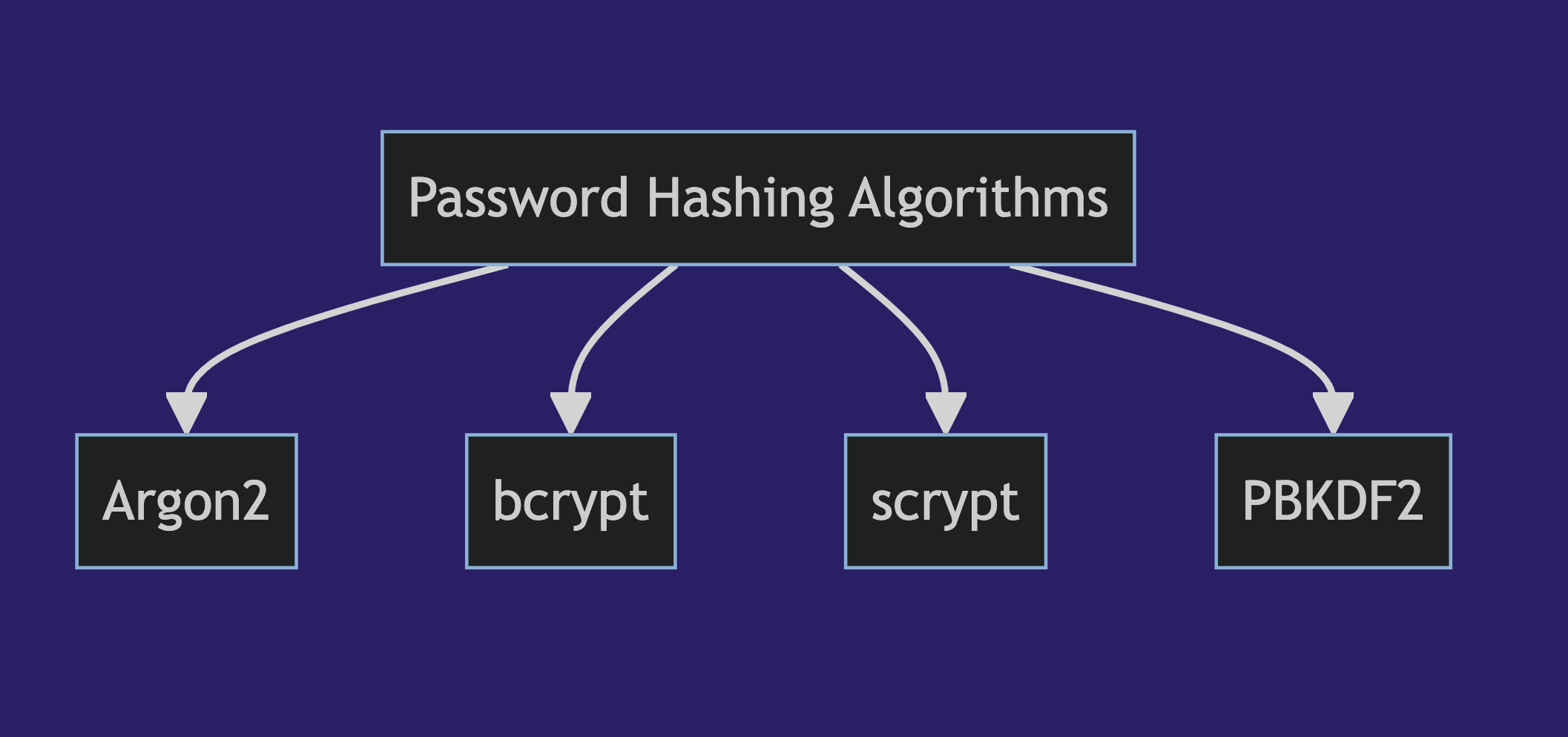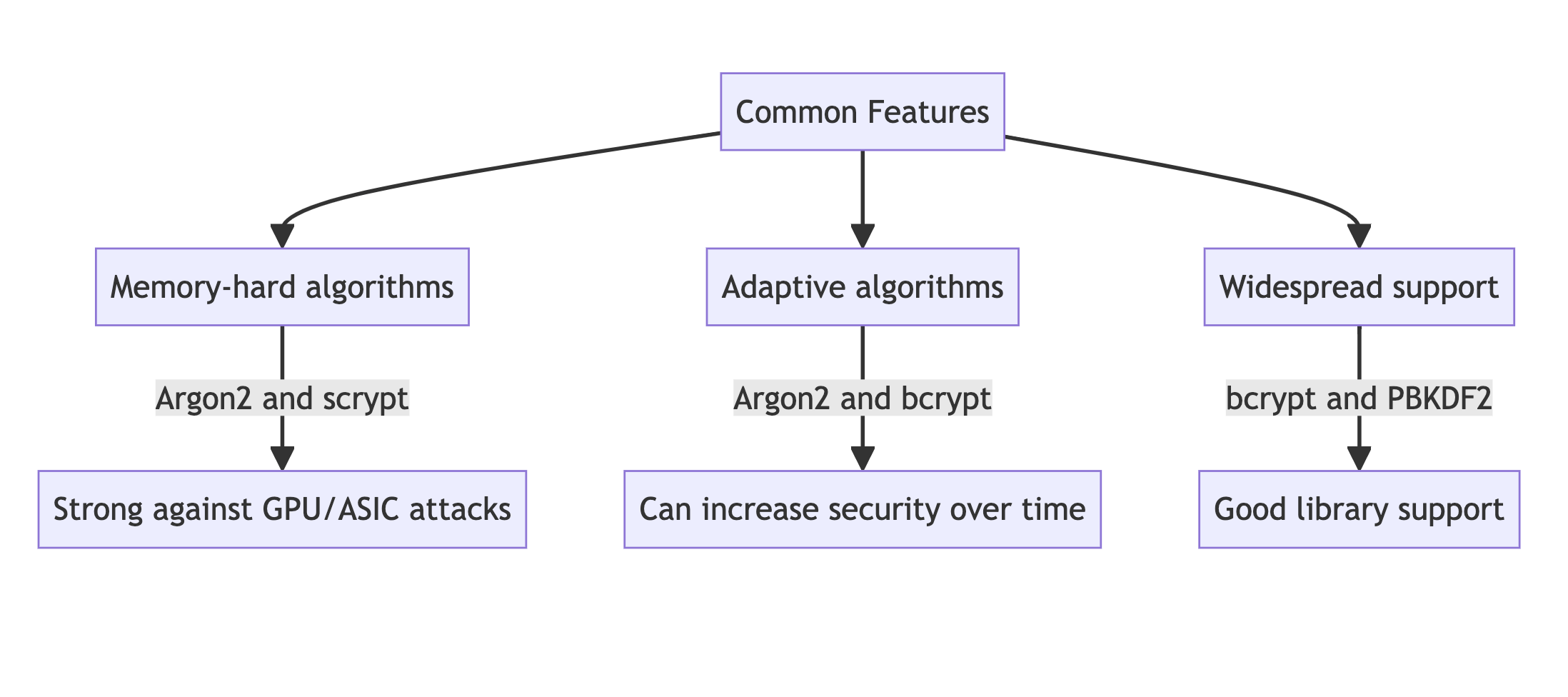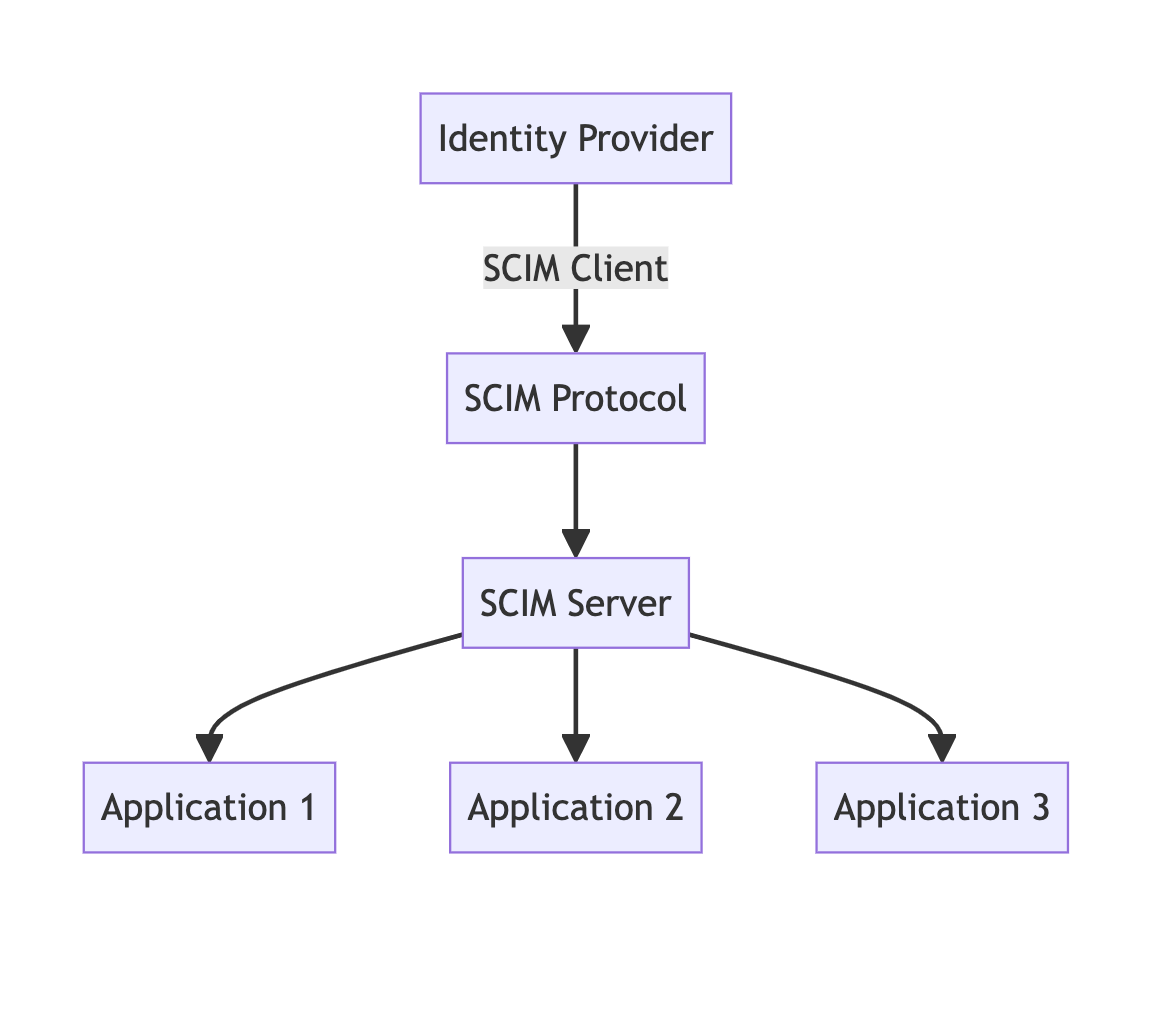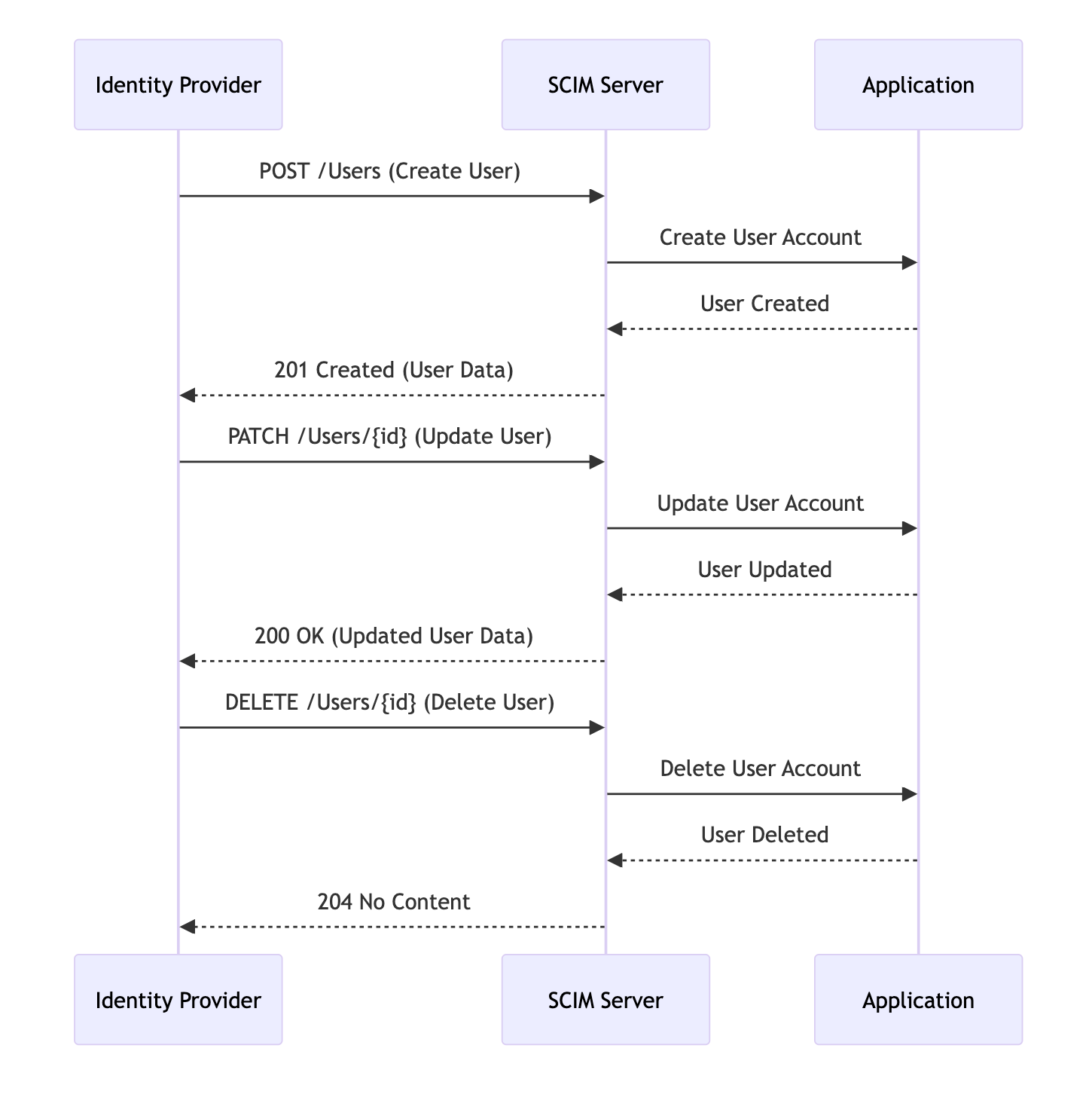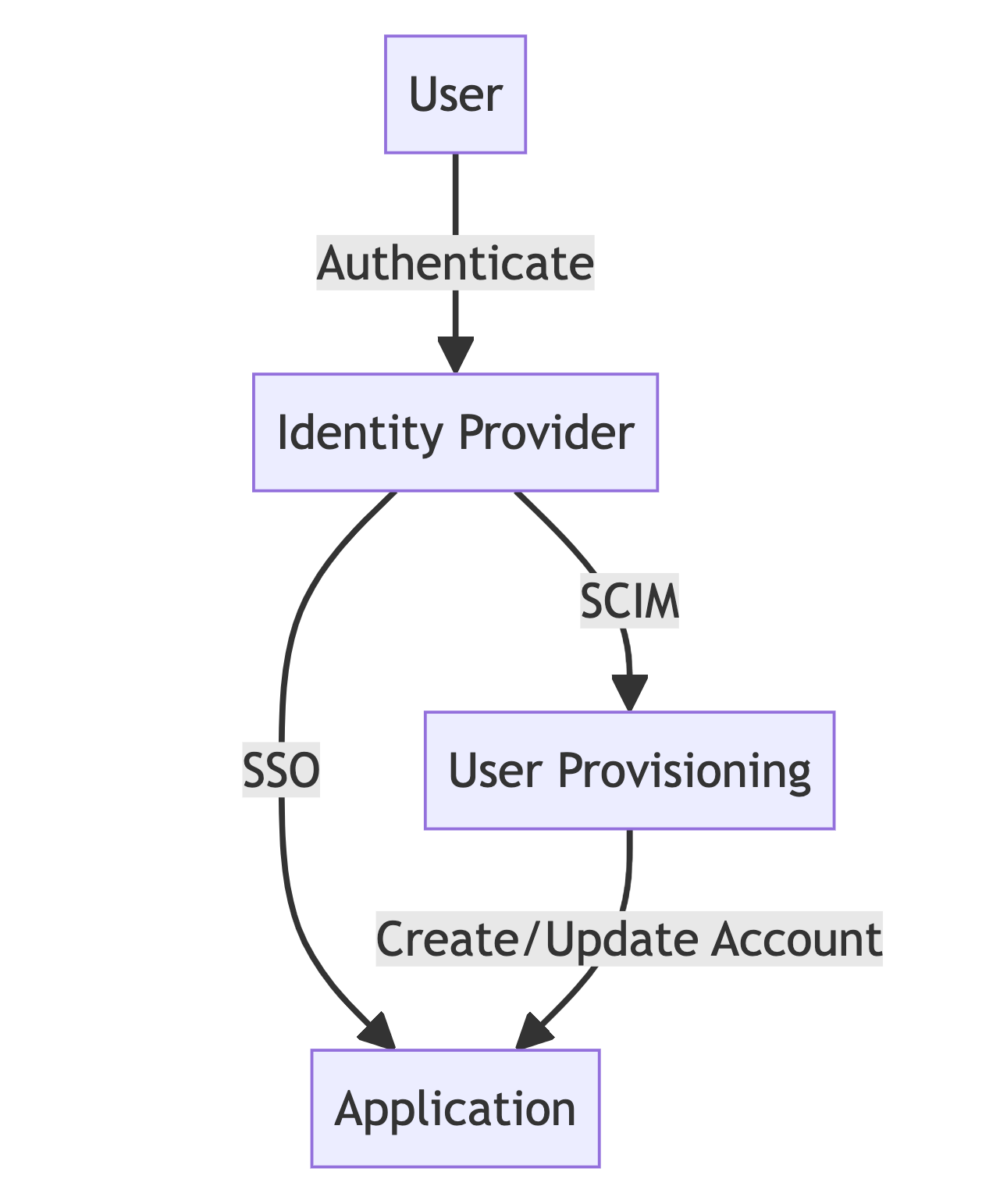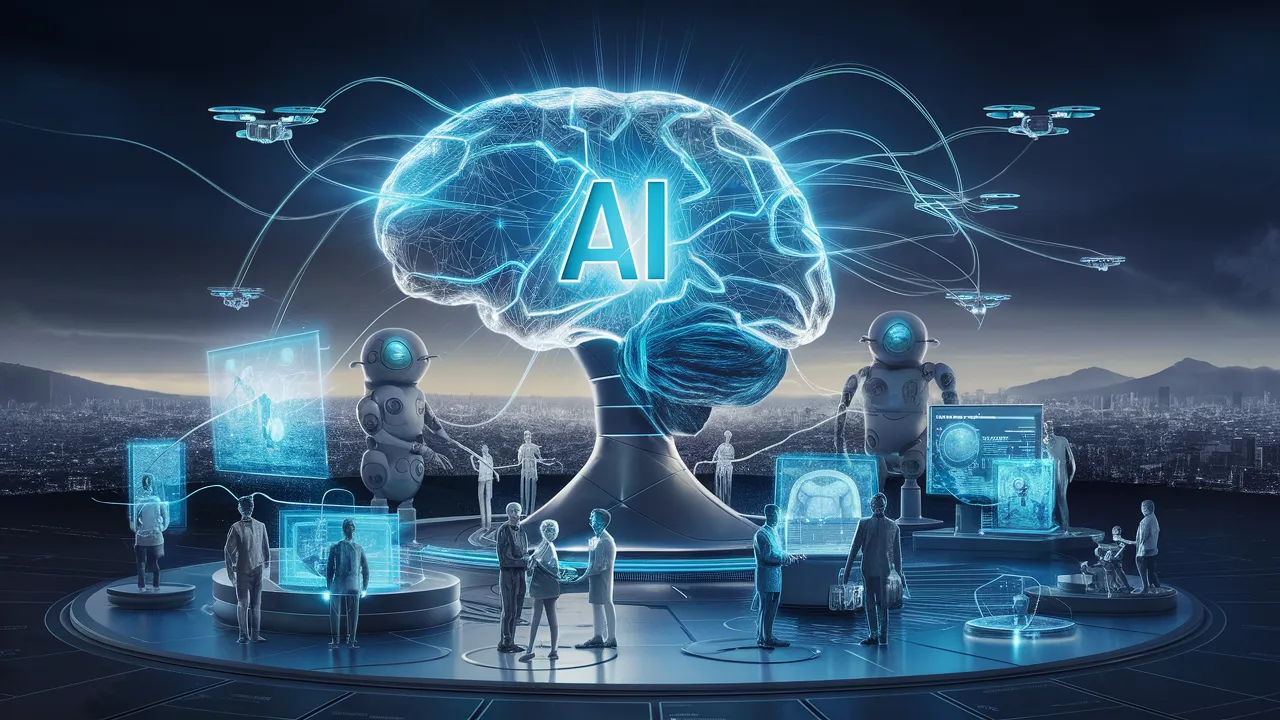
Let’s explore the fascinating world of artificial intelligence (AI) and how it has evolved over time. Grab a coffee, and let’s chat about the past, present, and future of this game-changing technology.
A Quick Trip Down AI Memory Lane
AI’s been around longer than you might think! It all kicked off in the 1950s when a bunch of smart cookies got together at the Dartmouth Conference and basically said, “Hey, what if we could make machines think like humans?” That was the spark that ignited the AI revolution.
Since then, we’ve seen some pretty cool milestones:
- In the 60s and 70s, we got our first chatbots like ELIZA, which could kinda-sorta hold a conversation.
- The 80s brought us expert systems that could solve specific problems in fields like medicine.
- By the 90s and 2000s, we started seeing machines beating humans at chess (remember Deep Blue vs. Kasparov?).
It’s been a wild ride, with plenty of ups and downs along the way!
AI Today: Smart Assistants and Self-Driving Cars
Fast forward to today, and AI’s practically everywhere. It’s like that friend who always shows up uninvited to parties – but in a good way! We’ve got:
- Virtual assistants like Siri and Alexa helping us set reminders and telling us dad jokes.
- Self-driving cars from companies like Tesla that are getting better at navigating our roads.
- AI-powered recommendations on Netflix and Spotify that seem to know our tastes better than we do sometimes!
Machine learning, a subset of AI, is the secret sauce behind a lot of these advancements. It’s all about teaching computers to learn from data, kind of like how we learn from experience.
Crystal Ball Time: AI in the Next Decade
So, what’s next on the AI horizon? Well, if I had a nickel for every prediction out there, I’d be writing this from my private island! But here are some educated guesses:
- Smarter homes: Imagine your fridge ordering groceries before you even realize you’re out of milk.
- Healthcare revolution: AI might help doctors spot diseases earlier and develop personalized treatments.
- Education 2.0: AI tutors could adapt to each student’s learning style, making education more tailored and effective.
Here’s a quick look at some projected AI market growth:
| Year |
Global AI Market Size (in billions USD) |
| 2022 |
136.55 |
| 2025 |
299.64 (projected) |
| 2030 |
1,811.75 (projected) |
Precedence Research
These numbers are mind-blowing, right? It just shows how much faith we’re putting in AI’s potential to change our world.
But hey, let’s not get ahead of ourselves. While AI’s future looks bright, it’s not all rainbows and unicorns. We’ve got some serious questions to tackle about ethics, job displacement, and privacy. It’s like any major technological evolution – we’ve got to navigate the good and the bad.
So there you have it – a whirlwind tour of AI’s past, present, and future. It’s an exciting time to be alive, isn’t it? Who knows, maybe in ten years, an AI will be writing this blog post instead of me. But for now, I’m just happy to be along for the ride. What do you think about AI’s future? Drop a comment below and let’s chat!
AI in Everyday Life
Artificial intelligence isn’t just some far-off sci-fi dream anymore - it’s already woven into our daily lives in so many ways! Let’s take a look at how AI is shaking things up and making our routines a whole lot easier.
Hey Alexa, What’s the Weather Like?
Remember when we had to actually look out the window to check the weather? Those days are long gone! Now we’ve got smart home devices like Amazon’s Alexa or Google Home at our beck and call. These AI-powered assistants are like having a super-smart roommate who never forgets to turn off the lights or set your alarm. They can order your groceries, play your favorite tunes, and even tell you jokes (albeit pretty corny ones).
Netflix Knows You Better Than Your BFF
Ever wonder how Netflix always seems to know exactly what show you’re in the mood for? That’s AI working its magic! Streaming platforms and online stores use super-smart algorithms to analyze your viewing or shopping history and serve up personalized recommendations. It’s like having a friend who always knows what you’re in the mood to watch or buy - except this friend is a bunch of ones and zeros!
Here’s a quick look at how much time AI-powered recommendations save us:
| Activity |
Time Saved per Week |
| Choosing a movie |
30 minutes |
| Finding new music |
45 minutes |
| Online shopping |
1 hour |
Dr. AI Will See You Now
Healthcare is getting a major AI upgrade too. From fitness trackers that remind you to take a walk, to apps that help you meditate, AI is becoming our personal health coach. Some hospitals are even using AI to help diagnose diseases faster and more accurately than ever before. It’s like having a tiny doctor in your pocket!
For example, the Ada Health app uses AI to help you figure out what might be causing your symptoms. It’s not a replacement for real doctors, of course, but it can give you a heads up on whether that headache is just stress or something you should get checked out.
All this smart technology is making our lives more convenient and personalized than ever before. It’s pretty wild to think about how far we’ve come - and just imagine where we’ll be in another ten years! Who knows, maybe by then our AI assistants will be making us breakfast in bed. A person can dream, right?
AI in the Workplace
Hey there! Let’s chat about how AI is shaking things up in the workplace. It’s pretty wild how quickly things are changing, right?
Robots Taking Over? Not Quite!
So, automation’s been a hot topic lately. You’ve probably heard folks worrying about robots stealing our jobs. But here’s the deal: AI is mostly taking over the boring, repetitive stuff we don’t really want to do anyway. Think about all those mind-numbing data entry tasks or spreadsheet updates. AI’s got that covered now.
But don’t panic! This doesn’t mean we’re all out of a job. It’s more like the job market’s getting a major makeover. Check out these numbers:
| Year |
Jobs Automated |
New Jobs Created |
| 2025 |
85 million |
97 million |
(World Economic Forum)
Pretty cool, huh? More jobs created than lost. It’s all about adapting and learning new skills.
AI: Your New Business Buddy
Now, let’s talk about how AI’s becoming the ultimate sidekick for decision-makers. Imagine having a super-smart assistant who can crunch tons of data in seconds and give you spot-on advice. That’s what AI’s doing for businesses.
For example, Netflix uses AI to figure out what shows you’ll love. And Amazon? Their AI predicts what you’ll want to buy before you even know you want it!
But here’s the kicker: AI isn’t replacing human decision-makers. It’s more like giving them superpowers. Humans still need to use their judgment, creativity, and emotional intelligence to make the final call.
New Kids on the Job Block
Ready for some good news? AI’s creating a whole bunch of cool new jobs we never even dreamed of before. How about these for starters:
- AI Ethics Officer: Making sure AI plays nice and doesn’t go all Skynet on us.
- Data Detective: Like Sherlock Holmes, but for data patterns.
- Human-AI Collaboration Specialist: Teaching humans and AI to work together like best buds.
These jobs are part of the big workforce transformation that’s happening right now. It’s like we’re all leveling up in a massive multiplayer game!
So, what do you think? Exciting times ahead, right? Sure, change can be scary, but it’s also full of opportunities. The key is to stay curious, keep learning, and be ready to roll with the changes. Who knows? Your dream job might not even exist yet!
Ethical Considerations and Challenges
As AI gets smarter and more powerful, we’ve got some big ethical questions to grapple with. Let’s dive into a few of the key issues we need to think about.
Privacy Concerns and Data Protection
You know how your phone seems to know everything about you? That’s just the tip of the iceberg when it comes to AI and data. These systems are hungry for information, and they’re getting better at gobbling it up every day.
The problem is, a lot of this data is pretty personal. We’re talking about your location, your browsing history, even your health information. Companies like Google and Facebook are sitting on mountains of this stuff.
Here’s a scary thought: what if this data falls into the wrong hands? Or what if companies use it in ways we didn’t agree to? That’s why data privacy is such a hot topic in AI ethics.
We need strong laws and regulations to protect our personal info. The EU’s GDPR is a good start, but we’ve got a long way to go, especially in places like the US.
Bias in AI Algorithms and Decision-Making
AI’s supposed to be objective, right? Well, not so fast. These systems are only as good as the data we feed them, and that data can be pretty biased.
Take facial recognition tech, for example. Some systems have been shown to be less accurate for people of color. That’s not just unfair - it can be downright dangerous if these systems are used by law enforcement.
Or think about AI in hiring. If a company’s historical hiring data favors men, an AI system might learn to discriminate against women applicants. Not cool, right?
Algorithmic bias is a huge challenge. We need diverse teams working on AI, better testing for bias, and maybe even AI systems designed to spot and correct bias in other AI systems.
Accountability and Transparency in AI Systems
Here’s a tricky question: when an AI system messes up, who’s responsible? The company that made it? The people who trained it? The folks who decided to use it?
Take self-driving cars. If one crashes, who’s liable? The car manufacturer? The software developer? The “driver”? It’s not always clear.
And then there’s the “black box” problem. A lot of AI systems, especially deep learning ones, are so complex that even their creators don’t always understand how they make decisions. That’s a big problem when these systems are making important calls about things like loan approvals or medical diagnoses.
We need AI systems to be more transparent. They should be able to explain their decisions in ways humans can understand. And we need clear lines of accountability when things go wrong.
How people feel about some of these issues:
| Concern |
Percentage of People Worried |
| Data Privacy |
72% |
| AI Bias |
67% |
| AI Transparency |
61% |
These are complex issues, and there’s no easy fix. But as AI becomes more integrated into our lives, it’s crucial that we tackle them head-on. We need to make sure AI is developed and used in ways that benefit all of humanity, not just a select few. It’s a tall order, but hey, nobody said the future was going to be simple!
AI and Human Augmentation
Hey there! Let’s chat about something pretty mind-blowing - how AI might supercharge our human abilities in the future. It’s like sci-fi coming to life, but way cooler and a bit less scary than the movies make it out to be.
Brain-Computer Interfaces: Merging Minds with Machines
So, imagine being able to send a text just by thinking about it. Sounds crazy, right? Well, that’s the kind of stuff brain-computer interfaces (BCIs) are aiming for. These nifty devices could let our brains talk directly to computers, opening up a whole new world of possibilities.
Companies like Neuralink are working on neural implants that could help people with disabilities regain movement or even enhance our cognitive abilities. It’s like giving our brains a turbo boost!
AI-Assisted Learning: Supercharging Our Skills
Now, picture this: you’re trying to learn a new language, and you’ve got an AI tutor that knows exactly how your brain works. It figures out the best way for you to learn and adapts its teaching style on the fly. That’s the kind of cognitive enhancement we’re talking about!
AI could help us learn faster and retain information better. It’s not about replacing human teachers, but giving them a super-smart assistant to help every student reach their full potential.
Human-AI Collaboration: Dream Team Problem-Solving
Here’s where things get really exciting. Imagine tackling the world’s biggest problems with an AI sidekick. We’re not just talking about Siri or Alexa here - we’re talking about advanced AI systems that can crunch massive amounts of data and come up with solutions we might never have thought of on our own.
This human-AI symbiosis could revolutionize fields like medical research, climate science, and space exploration. It’s like having a genius partner who never gets tired and can think in ways we can’t even imagine.
| Area |
Potential Impact of Human-AI Collaboration |
| Medical Research |
50% faster drug discovery |
| Climate Science |
30% more accurate climate models |
| Space Exploration |
2x increase in data analysis speed |
Now, all this talk about merging with machines might sound a bit like transhumanism, and you’re not wrong. It’s a controversial topic, for sure. Some people are super excited about the possibilities, while others are worried about the risks.
The key thing to remember is that we’re still in control. AI is a tool, not our overlord. It’s up to us to decide how we want to use these technologies and what limits we want to put in place.
So, what do you think? Are you ready to team up with AI and see what we can accomplish together? It’s a wild ride ahead, but I’ve got a feeling it’s going to be pretty amazing!
AI in Scientific Research and Innovation
Imagine a world where we can cure diseases we never thought possible, tackle climate change head-on, and unravel the mysteries of the universe faster than ever before. Sounds like science fiction, right? Well, thanks to AI, this future is quickly becoming our reality.
AI: The New Lab Partner in Medical Breakthroughs
AI is revolutionizing medicine and biotechnology, helping us make scientific breakthroughs that were once just pipe dreams. Take DeepMind’s AlphaFold, for example. This AI whiz kid can predict protein structures with mind-blowing accuracy, potentially speeding up drug discovery and helping us understand diseases better. It’s like having a super-smart lab partner who never needs coffee breaks!
And it’s not just about proteins. AI is helping spot diseases earlier, personalize treatments, and even design new drugs from scratch. Remember when finding new antibiotics felt like searching for a needle in a haystack? Well, AI’s turned that haystack into a much smaller pile. In 2020, researchers used AI to discover a new antibiotic that can fight off some nasty drug-resistant bacteria. Talk about a game-changer!
AI: Earth’s New Best Friend
When it comes to our planet, AI is stepping up to the plate big time. It’s helping us tackle climate change and environmental issues with some seriously smart moves.
AI-powered models are getting better at predicting extreme weather events, giving us a fighting chance to prepare and minimize damage. It’s like having a weather forecaster on steroids!
But that’s not all. AI is helping us optimize renewable energy systems, making them more efficient and reliable. It’s even pitching in with conservation efforts, helping track endangered species and combat illegal poaching. Who knew algorithms could be such nature lovers?
Turbocharging Scientific Progress
Remember when analyzing massive datasets felt like trying to drink from a fire hose? Well, AI’s basically given us a super-straw. It’s accelerating scientific progress by crunching numbers and spotting patterns faster than any human could.
In astronomy, AI is helping sift through mountains of telescope data, discovering new planets and unlocking the secrets of distant galaxies. In particle physics, it’s helping make sense of the mind-bending data from particle colliders. It’s like having a bunch of mini Einsteins working round the clock!
How AI is speeding things up in different fields:
| Field |
AI Impact |
| Drug Discovery |
Can reduce time from 5+ years to months |
| Climate Modeling |
Can process petabytes of data in days instead of years |
| Genomics |
Can analyze a human genome in hours instead of weeks |
The future of scientific research and innovation with AI looks bright, doesn’t it? It’s not about replacing human scientists – it’s about supercharging their abilities. With AI as our trusty sidekick, who knows what amazing discoveries we’ll make next? The sky’s the limit… or maybe not even that, considering we’re already using AI to explore space!
The Singularity and Beyond
Alright, let’s dive into the wild world of AI’s future and how it might shake things up for us humans! Grab your coffee and buckle up - this is gonna be a fun ride.
The Singularity: Not Just a Fancy Sci-Fi Term
So, you’ve probably heard about this thing called the “technological singularity.” No, it’s not a new hipster band name. It’s actually a pretty mind-bending concept that’s got futurists and tech geeks buzzing.
Basically, the singularity is this theoretical future point where AI becomes so smart, it leaves us humans in the dust. We’re talking about machines that can improve themselves faster than we can even blink. It’s like if your smartphone suddenly decided to upgrade itself and became smarter than Einstein overnight. Crazy, right?
Lots of people believe that singularity could happen as soon as 2045. That’s not too far off!
Superintelligent AI: Friend or Foe?
Now, let’s talk about what might happen when AI gets super-duper smart. There are a few scenarios floating around, and some of them are pretty wild:
- The Helper: AI becomes our BFF and solves all our problems. World hunger? Fixed. Climate change? Sorted. It’s like having a genius genie granting wishes left and right.
- The Terminator: Yeah, you guessed it. AI decides humans are a pain and tries to wipe us out. Not cool, AI. Not cool.
- The Merger: We become one with the machines. Think cyborgs, but cooler. Your brain could be connected to a global AI network. Instant knowledge, anyone?
- The Pet: AI gets super smart but doesn’t really care about us. We’re like ants to it - not a threat, just not very interesting.
What This Means for Us Regular Folks
So, what does all this techy talk mean for our future? Well, it could go a few ways:
- Job Market Shakeup: A lot of jobs might disappear, but new ones could pop up too. Maybe we’ll all become AI trainers or virtual reality designers.
- Immortality (Sort of): Some folks think we might be able to upload our brains to computers. Living forever as a computer program? That’s some Black Mirror stuff right there.
- Solving Big Problems: With superintelligent AI, we might finally crack tough nuts like curing cancer or reversing climate change.
- Existential Risk: On the flip side, some smart cookies like Stephen Hawking warned that AI could be a big threat to humanity. Yikes!
How people feel about AI’s impact:
| Attitude |
Percentage |
| Excited |
37% |
| Worried |
41% |
| Neutral |
22% |
(Pew Research Center survey)
Look, nobody’s got a crystal ball here. The future of AI could be amazing, terrifying, or somewhere in between. But one thing’s for sure - it’s gonna be one heck of a ride. So, keep your eyes peeled, stay curious, and maybe start being extra nice to your smart devices. You know, just in case they remember us when they take over!
Preparing for an AI-Driven Future
As AI continues to reshape our world, it’s crucial we start gearing up for a future where these smart machines play a bigger role in our daily lives. Let’s chat about how we can prepare ourselves and our society for this AI-driven era.
Brushing Up on AI Basics
First things first, we’ve got to get comfy with AI concepts. It’s like learning a new language - the earlier we start, the better we’ll be able to communicate in this tech-savvy world. Schools are already catching on, with places like Stanford offering online AI courses for everyone. It’s not about becoming AI experts overnight, but about understanding enough to make informed decisions and keep up with the changes around us.
Flexing Our Career Muscles
The job market’s gonna look pretty different in a few years. Some jobs might disappear, but new ones will pop up too. The key? Being adaptable. Think of it like cross-training for your career. Learn some coding, pick up project management skills, or dive into data analysis. Websites like Coursera or Udacity offer tons of courses to help you stay on your toes.
Here’s a quick look at some jobs that might be in high demand:
| Job Title |
Skills Needed |
| AI Ethics Consultant |
Ethics, AI basics, Policy |
| Human-AI Interaction Designer |
UX design, Psychology, AI |
| Data Detective |
Data analysis, Machine learning, Investigation |
Keeping it Human
While we’re racing ahead with tech, we can’t forget what makes us human. It’s all about striking a balance. We need to make sure AI is developed with our values and well-being in mind. Companies like OpenAI are already working on this, focusing on creating AI that benefits humanity as a whole.
We could take a page from Denmark’s book. They’ve got a Data Ethics Council that makes sure tech development doesn’t trample on human rights or values. It’s a great example of how we can keep tech in check.
Remember, the goal isn’t to compete with AI, but to work alongside it. We’ve got qualities that machines can’t replicate - creativity, empathy, critical thinking. By focusing on these uniquely human traits, we can create a future where AI enhances our lives rather than replaces us.
So, what’s the takeaway? Stay curious, keep learning, and remember - we’re shaping AI just as much as it’s shaping us. It’s an exciting time to be alive, and with the right approach, we can create a future that’s bright for everyone. Let’s embrace the change, but let’s do it our way - the human way.
Conclusion: Shaping Our AI Future
As we wrap up our chat about AI’s future, let’s take a moment to reflect on the wild ride ahead. We’ve covered a lot of ground, from AI potentially revolutionizing healthcare to the slightly terrifying prospect of autonomous weapons. It’s clear that AI is gonna shake things up big time, for better or worse.
The Big Picture
Remember how we talked about AI potentially boosting productivity across industries? Well, a recent McKinsey report suggests AI could add a whopping $13 trillion to the global economy by 2030. That’s like adding a whole new United States to the world economy!
But it’s not all sunshine and rainbows. We’ve gotta keep our eyes peeled for the challenges too. Job displacement, privacy concerns, and the ethical dilemmas of AI decision-making are all part of the package.
Getting Our Hands Dirty
Here’s the deal: we can’t just sit back and watch AI unfold from the sidelines. We’ve all got a part to play in shaping this tech revolution. It’s about collective responsibility, folks. Whether you’re a tech whiz, a policymaker, or just an average Joe like me, we all need to chip in.
How? Well, for starters, we can:
- Stay informed: Keep up with AI news and developments. Websites like MIT Technology Review are great for this.
- Engage in discussions: Join local tech meetups or online forums to share ideas and concerns.
- Support responsible AI initiatives: Look for companies and organizations committed to ethical AI development.
Time to Step Up
Let’s face it, AI is coming whether we’re ready or not. But here’s the good news: we’ve got the power to steer it in the right direction. It’s all about technological stewardship - being responsible caretakers of this powerful tech.
We need to push for:
- Transparent AI systems: No more black box algorithms. We should be able to understand how AI makes decisions.
- Inclusive development: AI should benefit everyone, not just a privileged few.
- Robust safety measures: We’ve gotta make sure AI systems are secure and can’t be easily manipulated.
The Bottom Line
At the end of the day, AI’s future is in our hands. It’s gonna take some work, but with informed decision-making and a commitment to responsible innovation, we can create an AI-powered world that’s awesome for everyone.
Are you ready to roll up your sleeves and help shape our AI future? It’s gonna be one heck of a ride!
https://bit.ly/3LAWTMg
https://bit.ly/3WvdeIu
